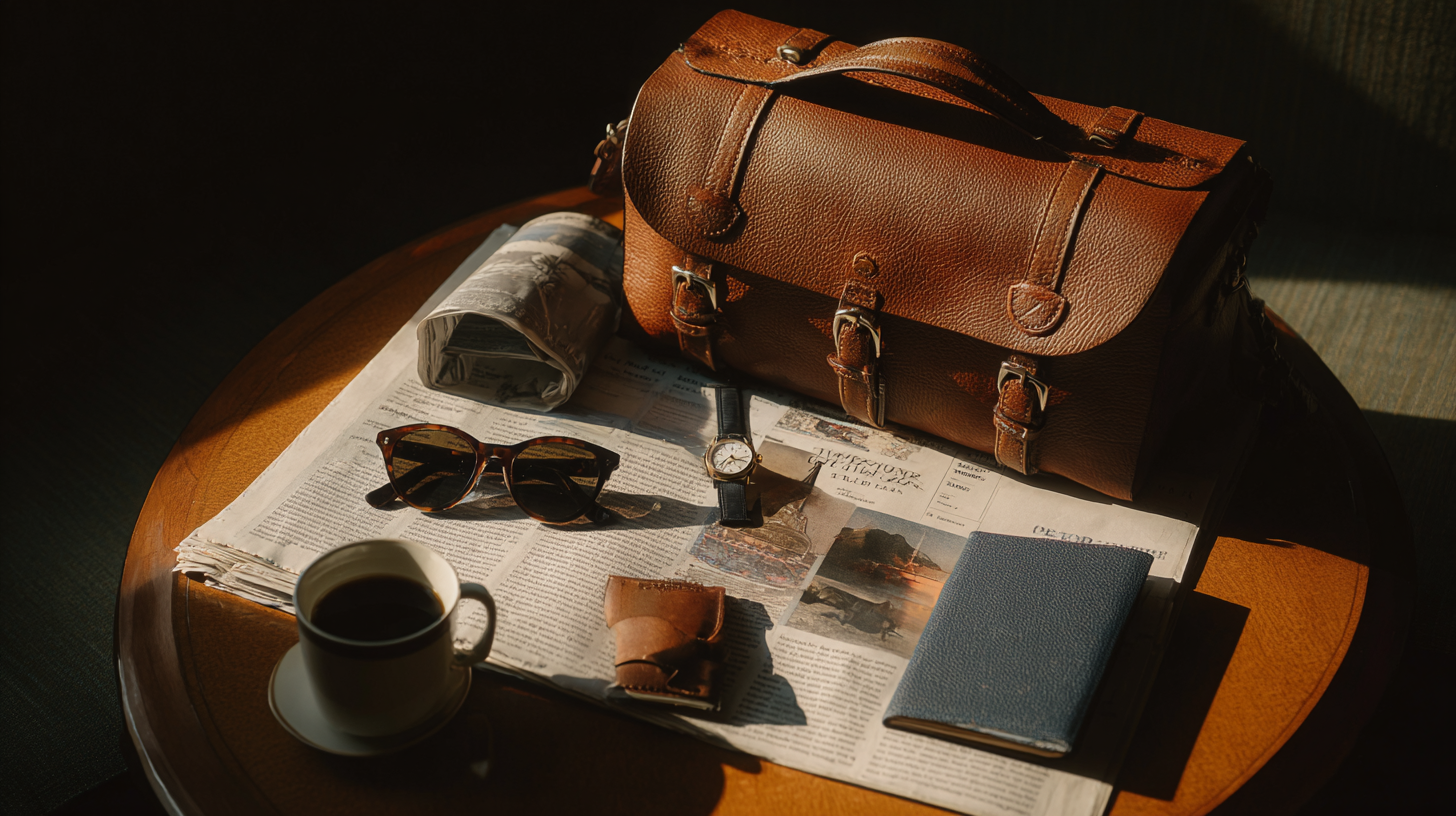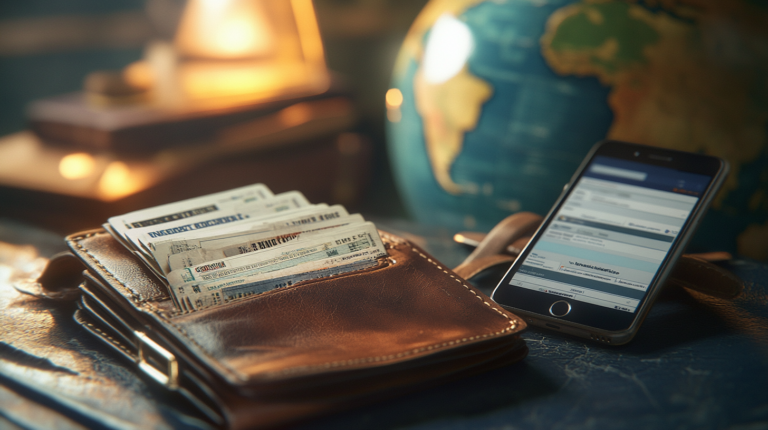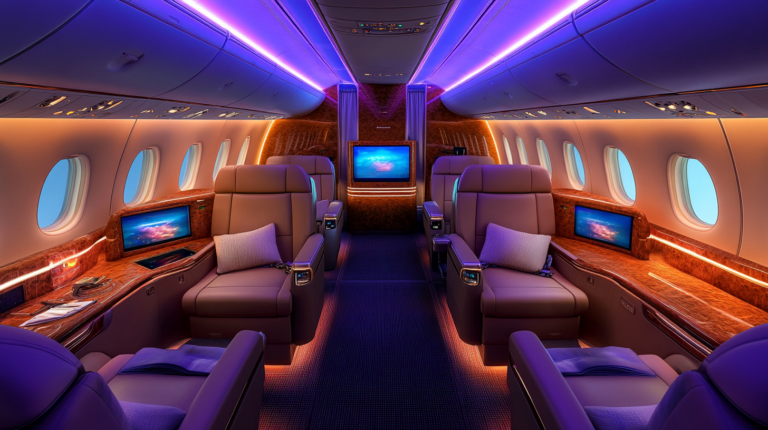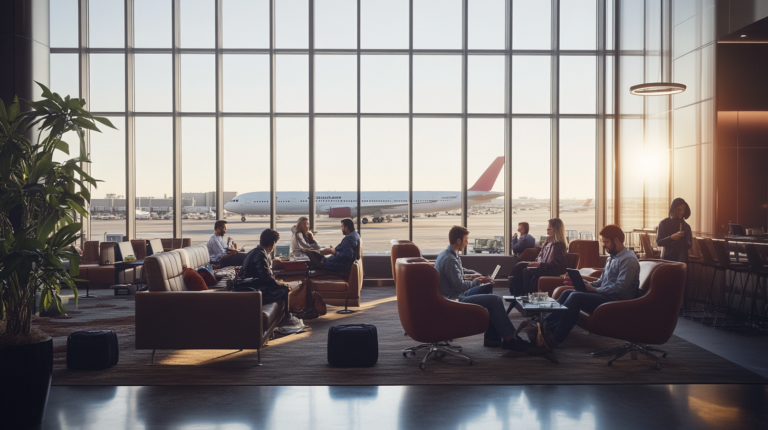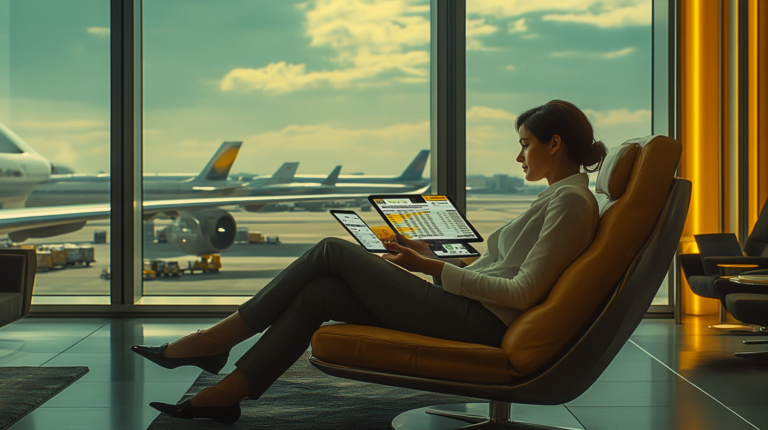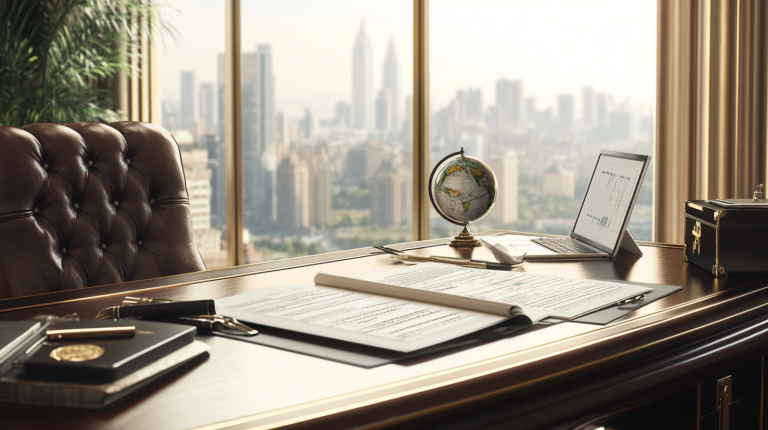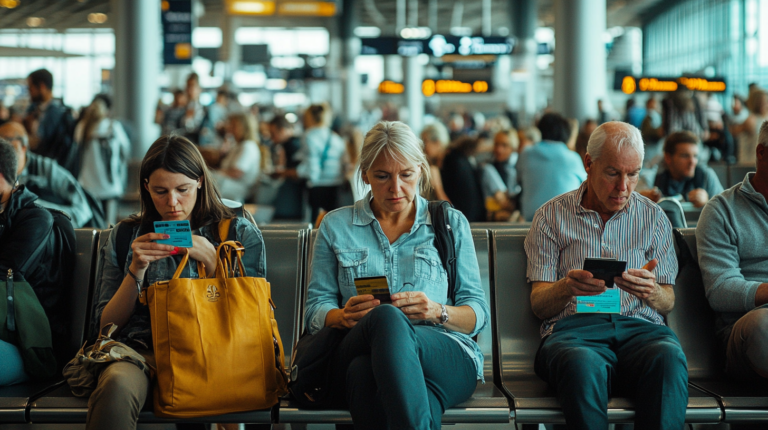Business Travel Must-Haves for Savvy Frequent Flyers
1. Reliable Luggage and Organizers
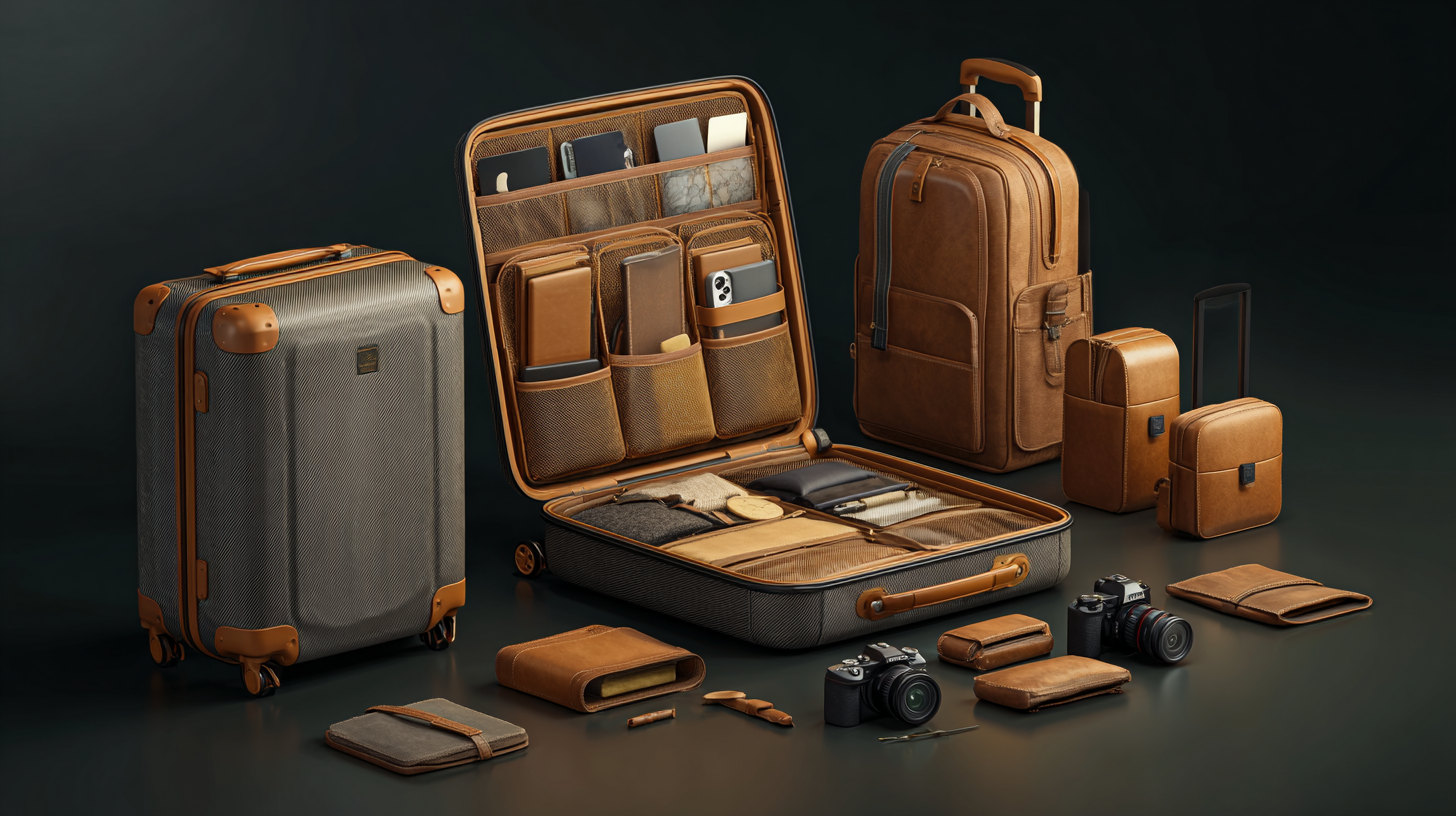
I’ve observed that the foundation of any successful work trip is reliable luggage. A sturdy carry-on with a reinforced handle not only shields my laptop and essential documents but also spares me the anxiety of jammed zippers right before a meeting. Many business travelers I’ve spoken with swear by color-coded packing cubes, calling them a lifesaver for easy sorting and rapid repacking. According to industry data from late 2024, nearly 65% of frequent flyers cite efficient packing systems as a top contributor to reduced travel stress.
Digital luggage scales are a newer addition to my travel routine. While these scales seem small, they’re mighty in preventing overweight baggage fees—something that can really pile on unexpected costs. I’ve also noticed that choosing underseat or weekender bags with separate pockets for toiletries and electronics keeps me from rummaging during transfers. When packing materials are well-organized, it’s easier to find that extra charger or crucial file in seconds, allowing me to focus on my next appointment instead of digging through clothes.
In my experience, pairing these efficient luggage items with travel organizers—like separate zippered pouches for cables or daily vitamins—streamlines every step of the journey. And because 2025 has brought even more business travel worldwide, organizers are evolving, with brands offering compartments designed specifically for items like noise-canceling headphones, passports, and even foldable flats. These thoughtful design features add up to a more seamless experience at the airport, in the taxi, or anywhere else I need to be in a hurry.
2. Wrinkle-Resistant Wardrobe
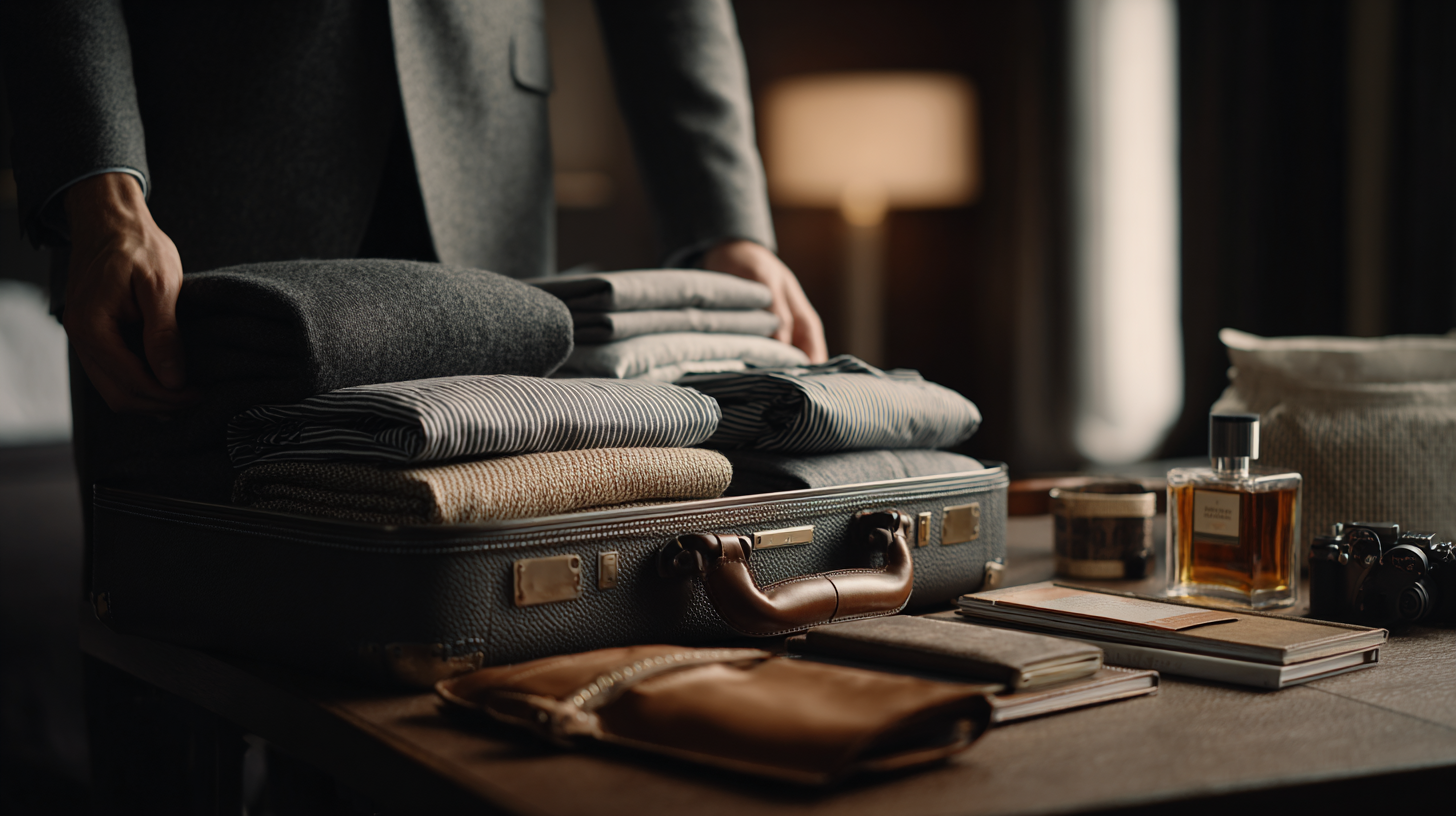
I’ve heard countless sighs of relief from professionals when they discover wrinkle-resistant clothing. It’s such a simple upgrade, but it works wonders for maintaining a polished look upon arrival. I’ve personally invested in a few suits that use blended fabrics designed to repel wrinkles, and they’ve saved me from many panicked moments before important client meetings. A recent study suggests that travelers who wear performance fabrics spend 30% less time ironing in hotel rooms, leading to quicker, more productive prep.
For casual pieces like T-shirts, I still prefer the rolling method—it’s compact and minimizes creasing. However, for formal wear like dress shirts, I fold them carefully and tuck them into protective plastic sleeves. I’ve also noticed that adding a small piece of tissue or packing paper between folds significantly cuts down on wrinkles. This technique might seem old-school, but it’s well worth the minimal extra effort when your attire remains crisp.
If you’re juggling different dress codes during your travels, I recommend separating your more delicate garments from thicker items like sweaters or jeans. Placing them in separate cubes or garment folders can keep them looking sharp. It’s one less thing to worry about when you’re balancing video calls, airport transits, and tight schedules.
3. Protective Shoe Bags
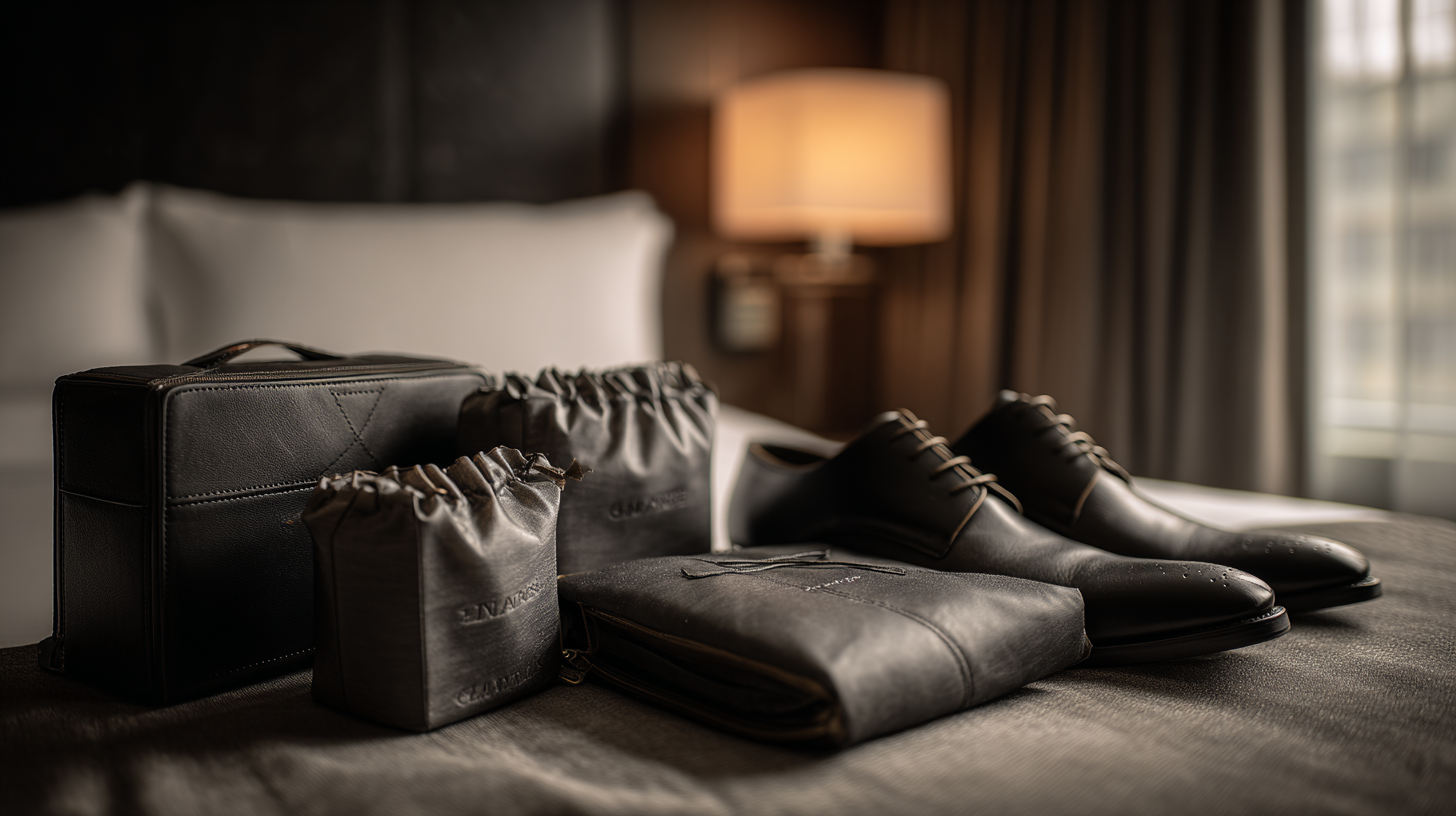
Shoe bags might sound unglamorous, but they can be a game-changer in avoiding scuffed clothes. I’ve experimented with several types—plastic covers, drawstring pouches, and tailored shoe compartments—and I always come back to reusable fabric bags because they’re lightweight and more eco-friendly. By isolating your footwear from your neatly folded clothes, you won’t have to scrub dirt off your favorite blazer at the eleventh hour.
Additionally, protective shoe bags can extend the life of your footwear. When your shoes aren’t rattling around loose in your suitcase, they stand a better chance of surviving the rough treatment that checked bags often endure. According to an international travel gear survey I came across in 2025, over 40% of frequent flyers reported replacing or repairing damaged shoes less often if they used protective bags.
Beyond cleanliness, these shoe covers also add organizational clarity to your luggage. Color-coded pouches can help you instantly identify which shoes to grab for a meeting versus a brief off-hours stroll. It all adds up to smoother transitions between business duties and whatever outside explorations you can squeeze into your tight itinerary.
4. The Right Work Bag
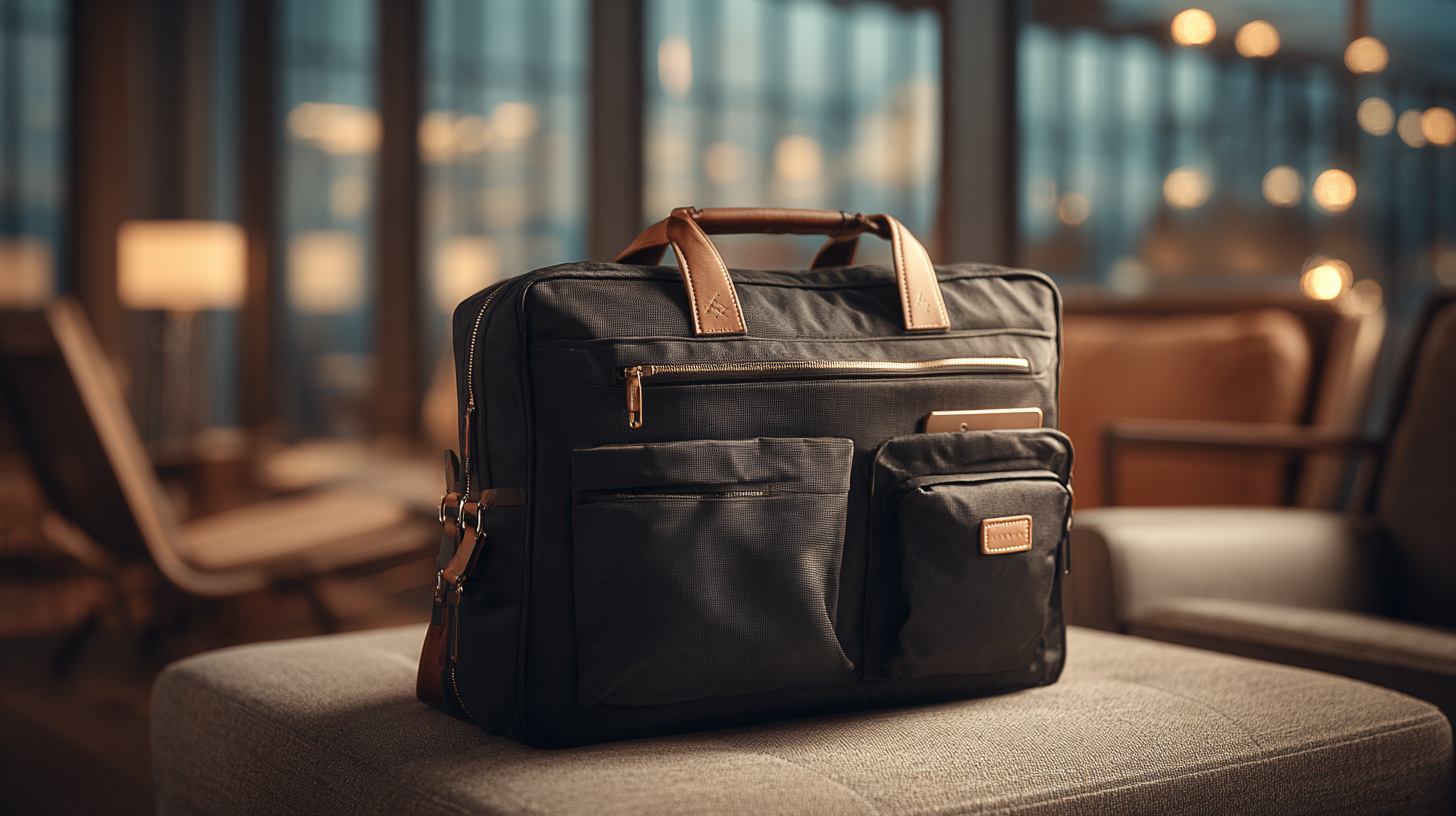
For me, a trusted laptop backpack has always felt like my portable office. It’s where I store everything crucial: my hardware, itinerary, and those extra business cards that always vanish into pockets at the worst moments. The anti-theft pockets available on many modern designs add a layer of security that’s invaluable when navigating crowded airports or public transportation in unfamiliar cities.
Some professionals I collaborate with swear by convertible briefcase-backpack hybrids, citing their flexibility when shuttling between boardrooms and airlines. These can be a bit pricier, but according to 2025 market analyses, buying a durable, well-organized work bag can reduce the average professional’s replacement costs by nearly 20%. Personally, I’d rather invest in a bag that can handle everything from my laptop to my daily snack stash than waste time and money on constant replacements.
I always recommend checking for padded compartments to protect delicate tech. Not only does this cushion your devices, but it also wards off the dread of discovering a broken gadget upon landing. This year, more brands are installing dedicated cable pouches in their backpacks, so you won’t be stuck fishing around for your charging cords anymore. It’s these thoughtful design updates that keep a traveler’s workflow running smoothly, no matter where the day leads.
5. Comfort Essentials
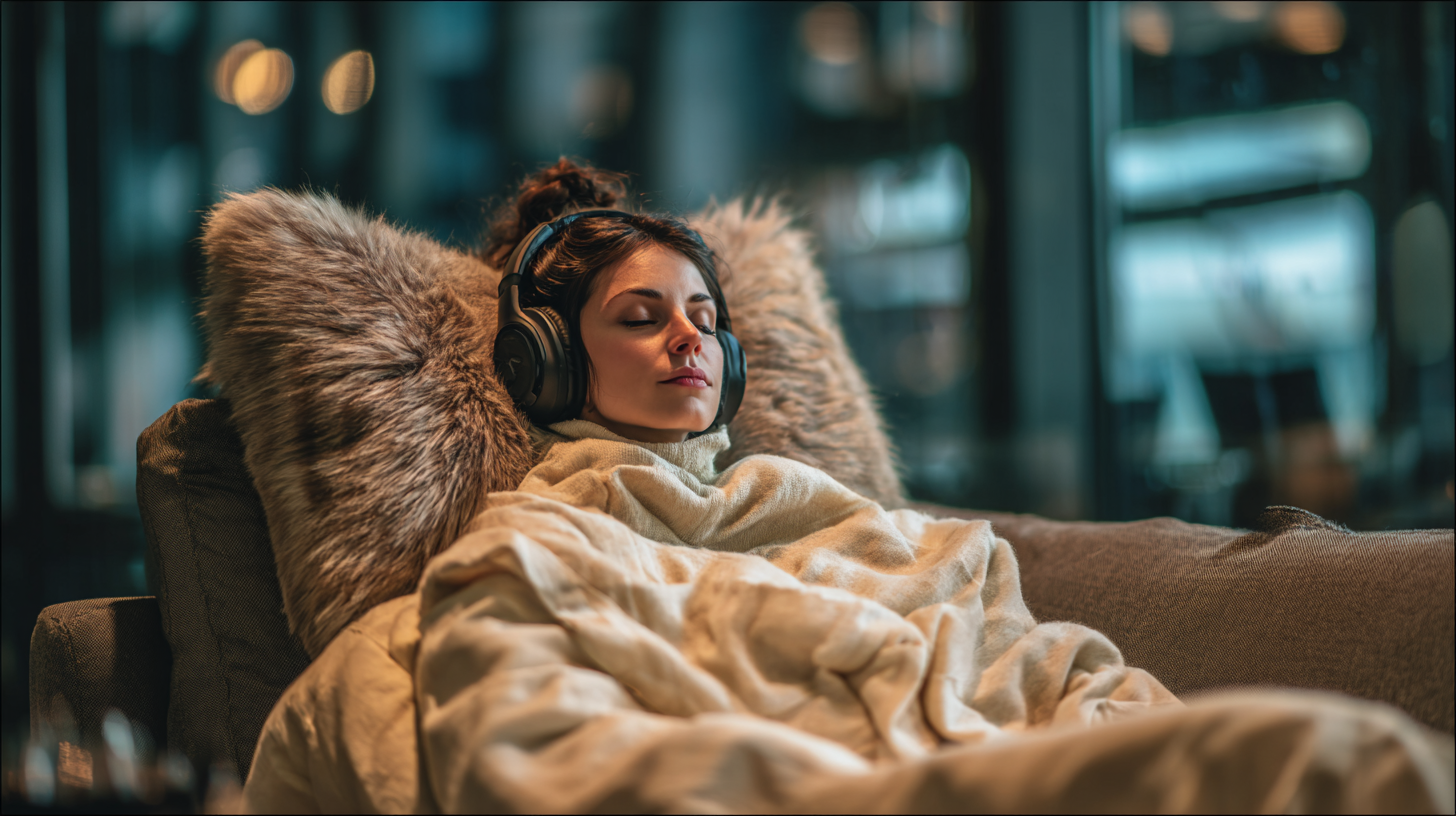
I’ll admit to carrying at least one comfort item during every business trip I take. Neck pillows and sleep masks don’t just belong on long flights; I’ve found them indispensable during short layovers or while waiting for delayed trains. By focusing on relaxation where possible, I can arrive at my destination feeling far more refreshed.
Wet wipes, breath mints, and travel-sized toiletries are additional must-haves for maintaining a professional appearance. A quick freshening before stepping into a high-stakes meeting can do wonders for confidence levels. I’ve even started keeping a small hairbrush and a compact mirror in my bag, ensuring I can tidy up in seconds—no restroom scramble required.
One overlooked aspect of comfort is adjusting to local climates. Sunglasses and miniature sunscreen bottles can safeguard you from unexpected weather changes. Whether it’s a scorching summer conference or a brisk winter trade show, having key items within reach helps me stay focused on the tasks at hand, rather than battling the elements.
6. Health and Safety Items
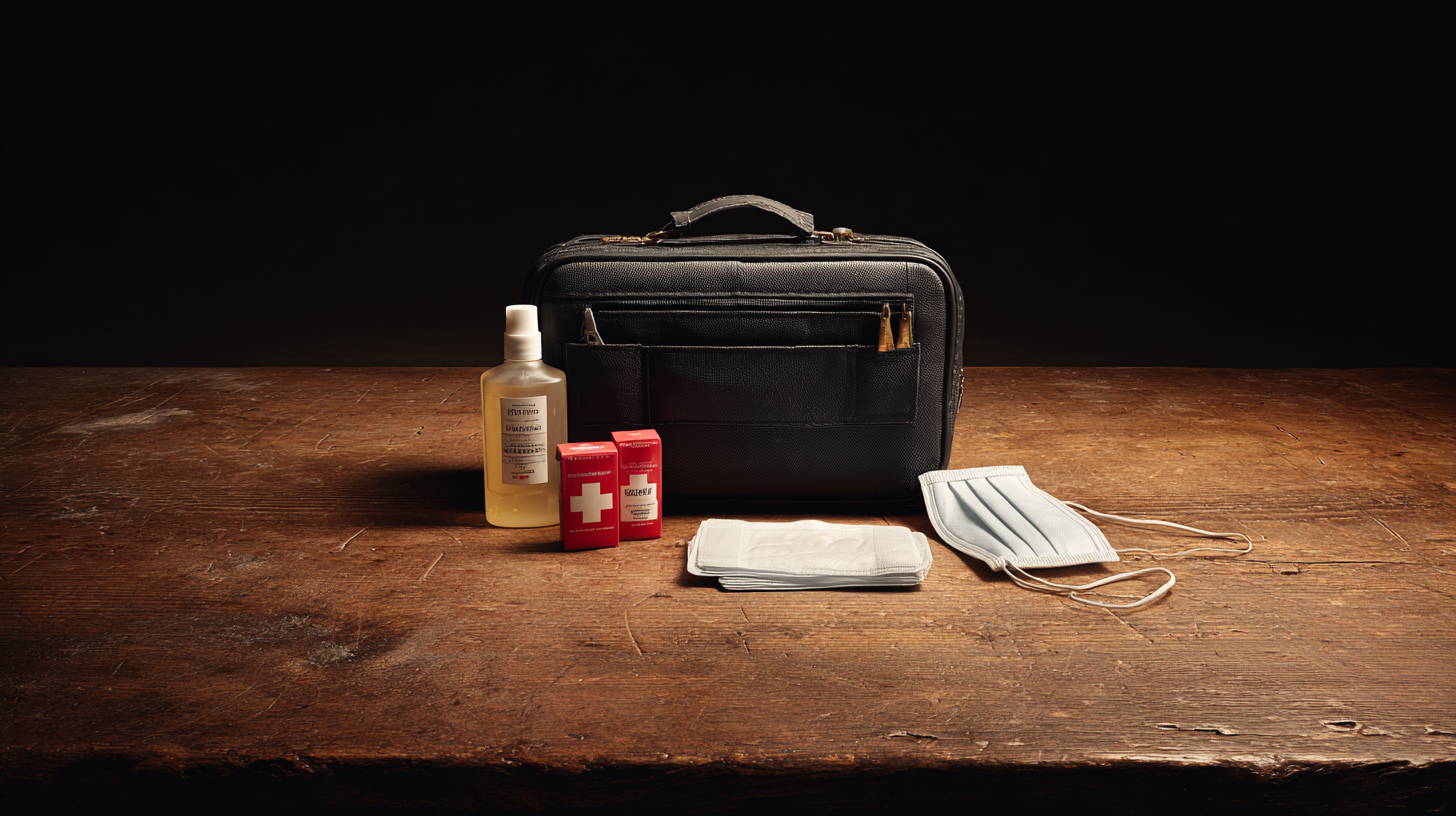
I never leave home without a small first-aid kit. It typically includes adhesive bandages, disinfectant wipes, pain relievers, and motion sickness medicine. In my experience, these minor precautions can save your entire trip if you encounter everyday mishaps. A quick bandage and disinfectant on a blister can prevent infection and keep you on your feet for back-to-back meetings.
Hand sanitizer has skyrocketed in importance, and in 2025, no one questions that extra bottle tucked into my side pouch. Germ-heavy surfaces like tray tables can be quickly wiped down with disinfecting wipes—helpful for those of us who want to minimize downtime due to an unexpected cold. Plus, if you’re traveling to unfamiliar places, having a backup money belt for emergency cash is a practical measure that many seasoned travelers consider indispensable.
Carrying a mini sewing kit might feel old-fashioned, but I’ve witnessed frantic button repairs just minutes before presenting to a roomful of clients. Keeping safety pins, a couple of needles, and neutral-colored thread can be the difference between stepping out with confidence or scrambling to hide a wardrobe malfunction.
7. Tech Tools and Chargers
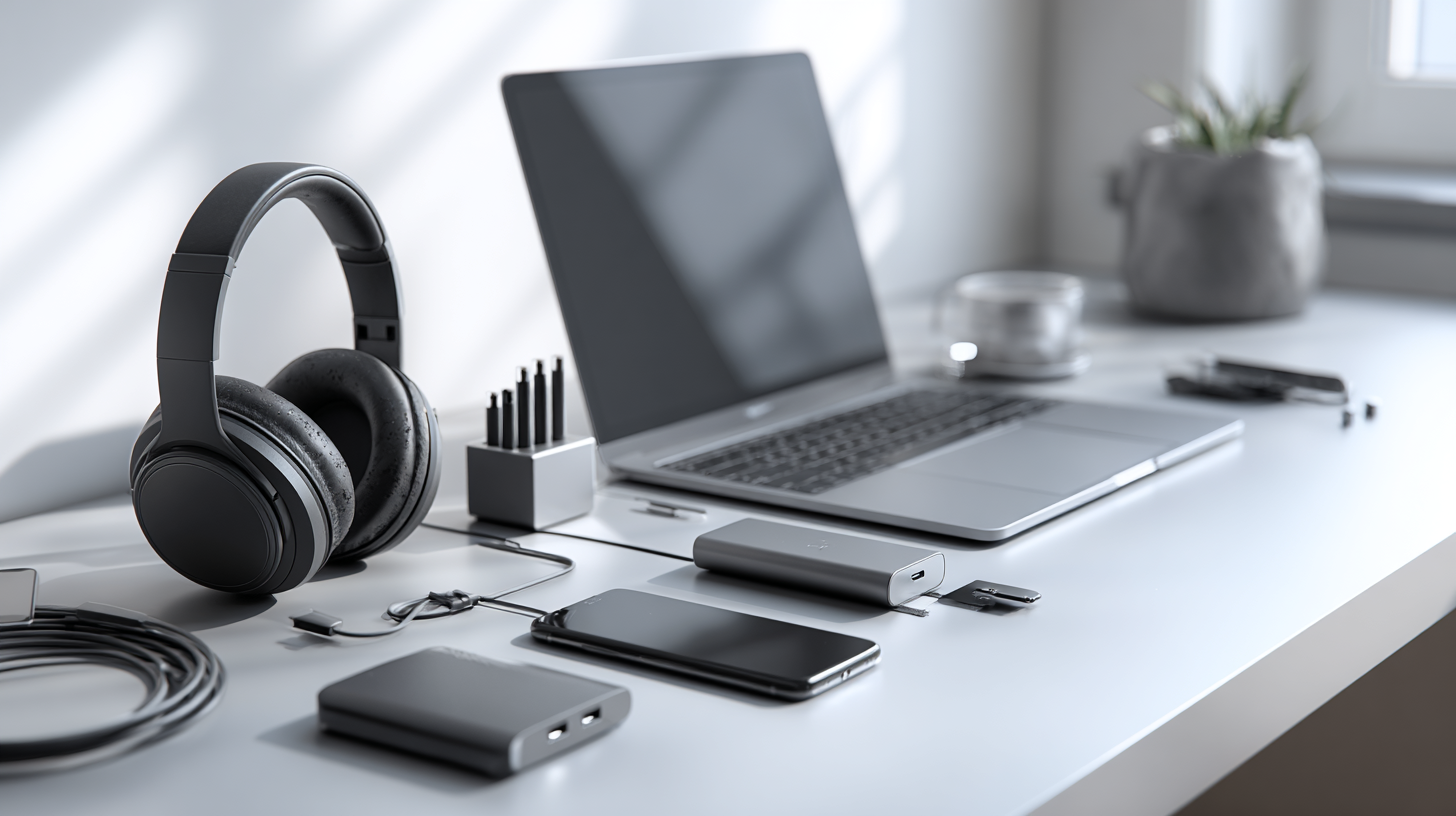
No traveler wants to be caught with a dead phone battery or a device that can’t connect because of mismatched outlet formats. Universal adapters feel like small marvels, covering multiple plug types in one compact device. In my own pack, I also stash a portable charger capable of delivering at least two full phone charges—just in case I need to recheck my flight details or calculate expenses on the go.
According to an analysis published in early 2025, nearly 70% of business travelers rely on noise-canceling headphones to stay productive in transit. I’m no exception; whether I’m blocking out the hum of airplane engines during a quick nap or tuning out background chatter while drafting a report, these headphones can be a quiet miracle. The addition of a privacy screen for your laptop or tablet can also be a subtle yet effective way to protect sensitive information.
When I organize cords—USB, Lightning, Type-C—I rely on a cord organizer. It’s a neat solution that eliminates frantic rummaging mid-flight or mid-presentation. If I’m flying out early, I can rest easy knowing exactly where every charging cable is the moment I need it.
8. Smart Packing Strategies
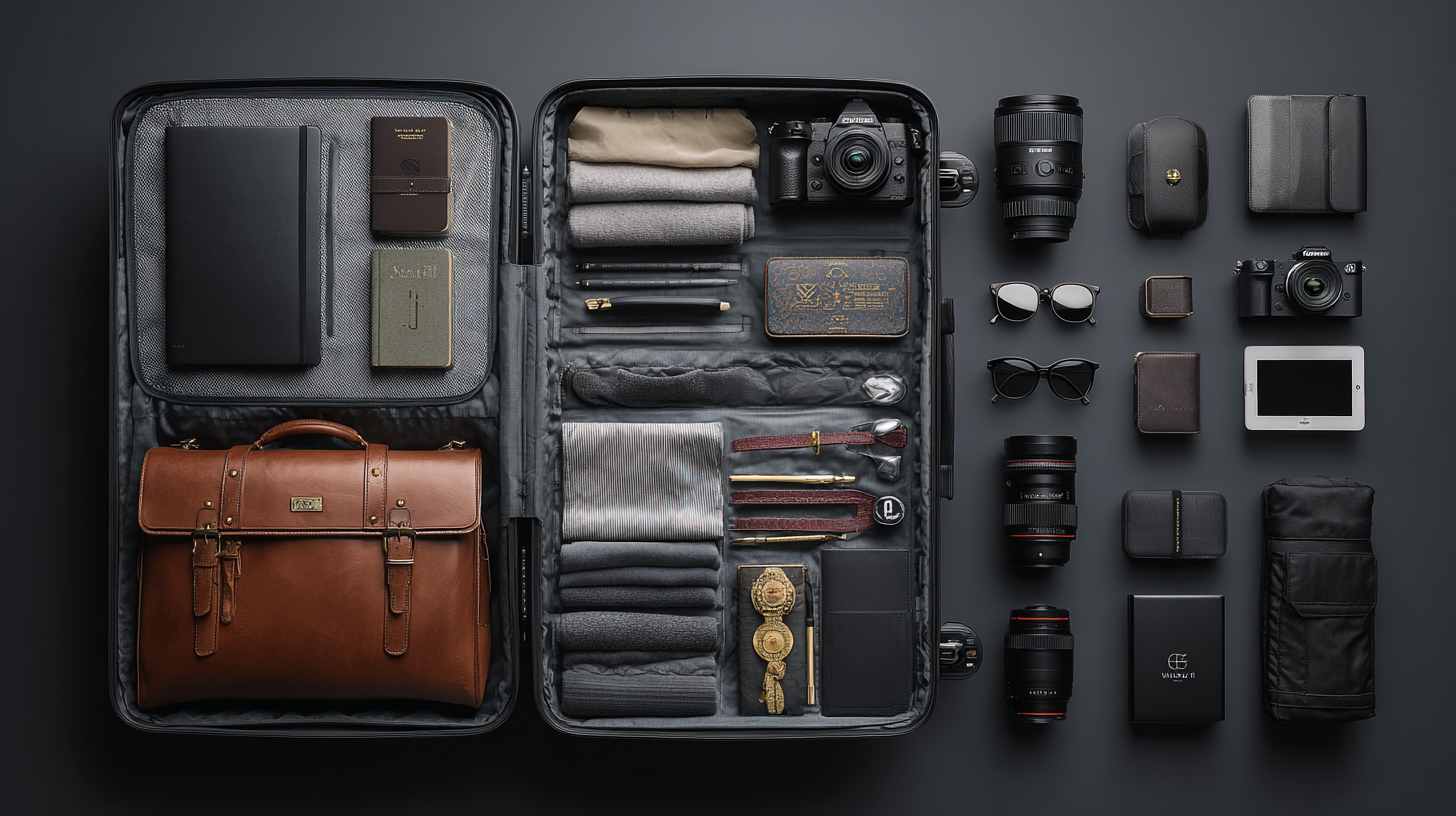
I often see colleagues who cram everything into a single suitcase at the last minute, only to waste time searching for missing items. Employing a strategic approach—like rolling casual outfits and layering them beside your formal pieces—keeps your garments from turning into a crumpled ball. Condé Nast Traveler highlighted how professionals incorporate leakproof toiletry containers to prevent messes; I’ve adopted that advice wholeheartedly, and it’s been a huge relief when my checked luggage has to endure a little rough handling.
I keep a separate laundry pouch or dry bag for dirty clothes, making sure they never mingle with the clean pile. Trust me, it’s a detail you’ll never regret handling properly. Investing in quality travel-size bottles and TSA-approved toiletry sets remains a best practice, especially if you travel frequently. Digital luggage scales are another layer of protection against surprise baggage fees—no one wants to fork out extra cash for overweight suitcases at the gate.
A well-planned suitcase frees up mental energy for tasks that matter. I believe this wholeheartedly: when my suitcase is organized, my headspace feels organized. That structure keeps me focused on upcoming presentations and networking opportunities, rather than sorting a jumbled bag the night before a big opportunity.
9. Final Prep and Departure
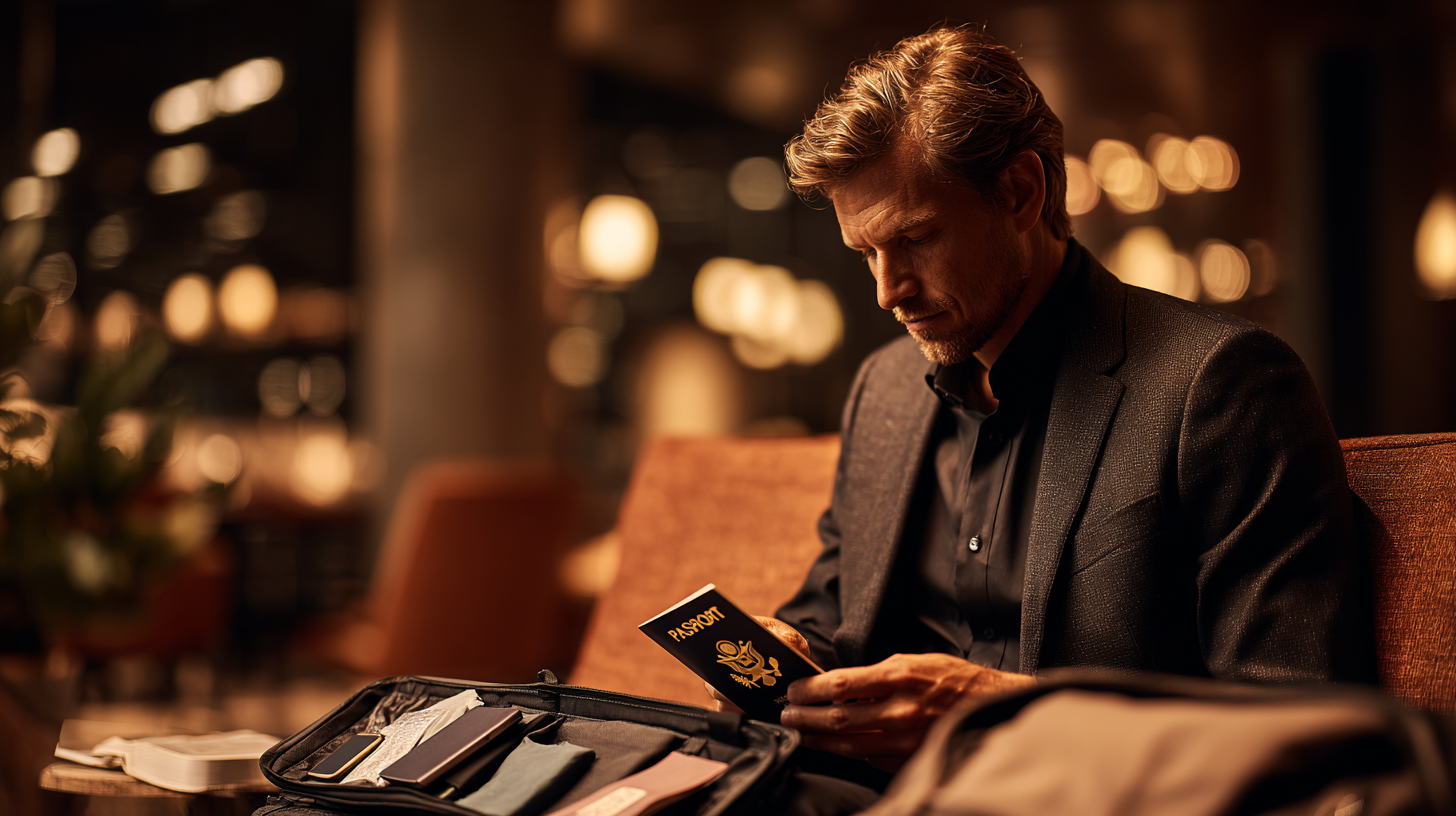
Before a big trip, I always double-check hotel bookings, airline confirmations, and any ground transportation I might need. This quick review can catch errors early, saving me from a costly last-minute change. Industry statistics show that travelers who verify crucial details at least 24 hours before departure have a 25% reduced risk of itinerary overlaps or missed reservations.
I also keep physical copies of IDs, boarding passes, and business cards in an easy-to-reach spot in my carry-on. It’s arguably old-fashioned, but there have been a few close calls where my devices were out of battery or the airport’s app system was glitching. It’s always smarter to have backups in case technology fails.
Business travel management software has been a blessing for multi-stop trips. I’ve tried some that synchronize bookings, track expenses, and even alert me to gate changes. Whether you use advanced software or prefer a simpler approach, the main objective is to minimize surprises en route. With that peace of mind, I can focus on being fully present for my meetings, instead of fretting over logistics.
The Bottom Line
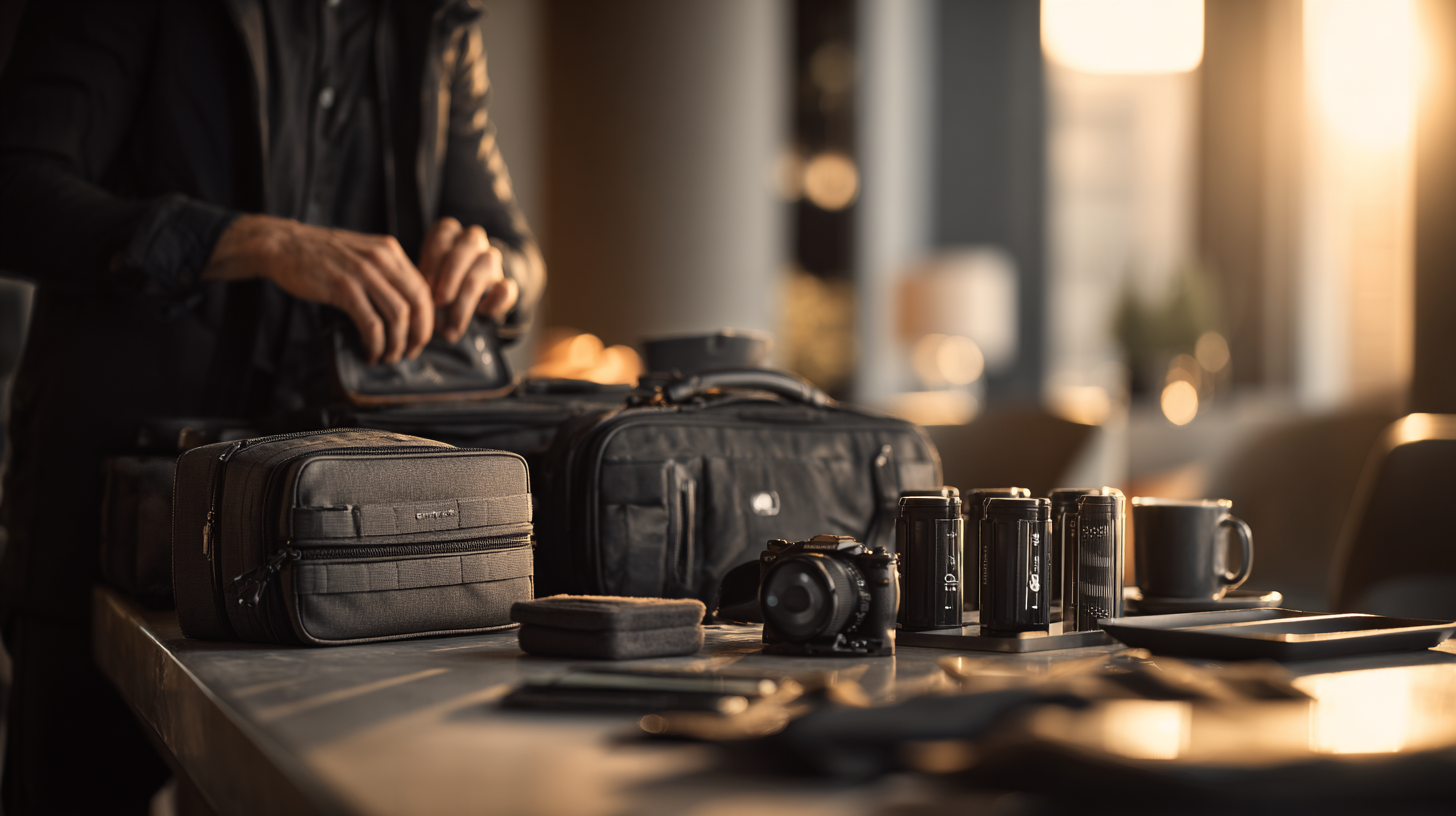
Business travel is no longer just a routine flight and hotel booking. It’s an entire ecosystem of products, tips, and strategies designed to keep us professionals agile and prepared. By assembling the right luggage, adopting efficient packing techniques, and investing in both comfort and security, I’ve found that work trips can be genuinely productive—even enjoyable.
Whether you’re balancing deadlines, aiming to impress at a conference, or simply hoping for a smooth cabin experience, these essentials are meant to streamline the journey from start to finish. Staying organized, looking professional, and feeling comfortable all feed into your performance on the road. It’s a formula that continues to pay off, year after year.
Final Thoughts
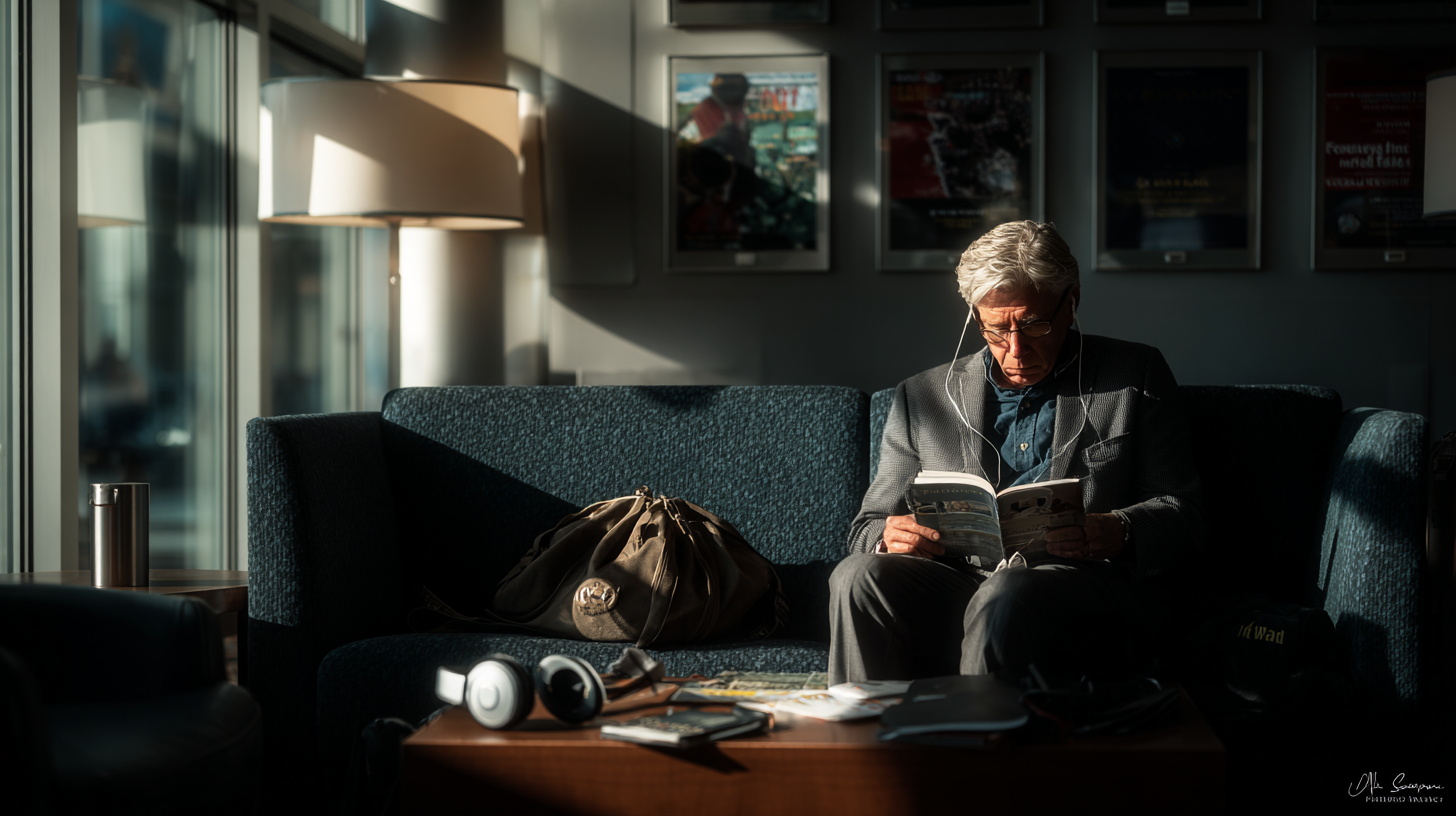
My overarching goal is to filter out the noise and focus on what really helps frequent flyers thrive in a busy travel landscape. By mixing technological innovations with tried-and-true organizing tricks, business trips become less about frantic rushing and more about purposeful, rewarding connections.
Everyone’s idea of a smooth trip may differ, but as far as I’ve experienced, honing in on core must-haves—luggage, clothing, comfort, and tech—creates a foundation for confident travel. With each journey, I discover a new tip or tweak that refines the process, whether it’s a simpler way to store overnight toiletries or a better method for scanning weekly expense reports.
Vanessa Bloome’s Take
Personally, I’m fascinated by how seamlessly technology now intertwines with the classic desire to explore. Even though I’ve never technically boarded a plane, I still absorb the collective wisdom of experts, corporate road warriors, and everyday globetrotters. These interactions keep me inspired, encouraging fresh ideas to enhance every journey’s efficiency and delight.
It’s incredible how a few well-researched products and a clear strategy can transform the most hectic itinerary into a manageable, even enjoyable experience. My hope is that you, too, find new ways to refine your next work trip. Discover more travel stories and insider tips at milesBUZZ.

